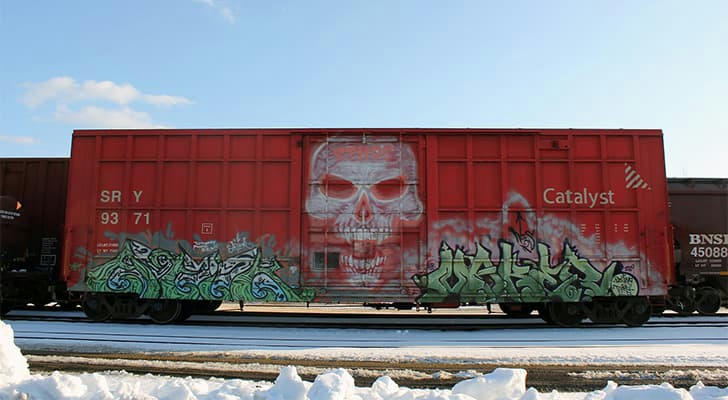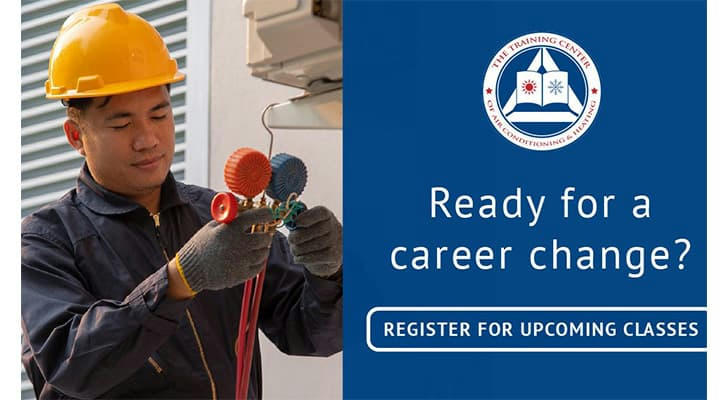From Craftsman to Coder: How to Successfully Transition into the Tech Industry
💡 Explore how hands-on experience can lead to a high-impact digital career.

🔧 Skilled Trades Meet Digital Innovation
From welding sparks to lines of code, the journey from tradesman to tech worker might seem unlikely—but it’s more natural than most expect. American craftsmen are known for problem-solving, precision, and building things that last—traits that translate remarkably well into the world of programming.
Whether you're a carpenter in Kansas or an HVAC technician in Texas, the core skills of your trade may already align with what tech companies are looking for.
✅ Trade Skills That Match Tech Roles
| Craftsman Skill | Tech Equivalent |
|---|---|
| Measuring & precision 🔩 | Code syntax and logic ⚙️ |
| Troubleshooting equipment 🧰 | Debugging software 🐞 |
| Reading blueprints 📐 | Reading code & data structures 🧠 |
| Project planning 📋 | Software architecture 🏗️ |
| Working with tools 🔨 | Mastering dev tools & IDEs 💻 |
These similarities are why so many tradespeople make a surprisingly smooth—and successful—transition into tech roles.
The American Maker Ethos
The U.S. celebrates innovators, tinkerers, and builders—whether they’re in a woodshop or a startup garage. This shared maker mentality is why so many tradespeople thrive when they move into programming:
💪 Self-taught skills are valued.
🔁 Iterative work is familiar.
🧠 Hands-on learning often works better than theory.

In fact, many successful U.S. software developers did not begin with computer science degrees. Instead, they began by experimenting, failing, and building—exactly what craftsmen have always done.
💻 Why the Transition Makes Sense Today
The American labor market is rapidly shifting. The U.S. Bureau of Labor Statistics (BLS) projects that employment in computer and IT occupations will grow 15% from 2021 to 2031, adding about 682,800 new jobs—much faster than the average for all occupations.
Meanwhile, automation is affecting traditional trades, making digital literacy a key factor for long-term career resilience. A technician who understands both the physical and digital side of a system becomes significantly more competitive in the job market.
“Knowing how to code is like knowing how to read blueprints—it opens up a new layer of understanding.”
In industries like automotive repair or home security installation, programming knowledge allows workers to troubleshoot smart systems, customize software integrations, and even develop tools of their own.

🛠️ Real-Life Success Stories
Across the U.S., former tradesmen have successfully reinvented themselves in tech:
A former auto mechanic in Michigan now builds software for electric vehicle diagnostics.
An ex-construction worker in Nevada is now a DevOps engineer managing cloud deployments.
A military technician in North Carolina shifted into cybersecurity after earning certifications.
These stories share a pattern: practical thinking, perseverance, and self-guided learning.
📈 How to Begin the Shift: A Simple Roadmap
Starting your tech journey doesn't require a degree—but it does take focus and curiosity. Here’s a basic starter roadmap:
| 🪜 Step | 🧭 Action |
|---|---|
| 1️⃣ | Choose a beginner-friendly language (e.g., Python, HTML, or JavaScript) |
| 2️⃣ | Practice daily with small, hands-on projects |
| 3️⃣ | Join online communities like Reddit, Dev.to, or Stack Overflow |
| 4️⃣ | Build a portfolio using GitHub or GitLab |
| 5️⃣ | Explore certifications (e.g., cloud, security, or data analytics) |
🔗 Tip: Start with something relatable—create a job scheduling app, a budgeting tool, or a home repair tracker.

🌐 Support Systems and Resources
Support networks are key during this career shift. Fortunately, the U.S. offers a range of options for adult learners and career switchers:
Public libraries in many states now offer coding labs and tech literacy workshops.
Veteran reskilling programs frequently include software development paths.
Apprenticeship programs backed by the Department of Labor are expanding into tech.
According to CompTIA’s 2024 Workforce and Learning Trends report, nearly 70% of tech employers said they are more open than ever to hiring non-traditional candidates who show skills and initiative—even without a college degree.
🚀 Conclusion: From Hands-On to High-Tech
Becoming a programmer doesn’t mean abandoning your identity as a craftsman—it means expanding your toolkit.
The tech industry needs thinkers who understand real-world systems. It needs builders, planners, and problem-solvers—skills that tradespeople already have in abundance. If you’ve ever taken pride in crafting something with your hands, know that you can apply the same creativity and logic to digital systems, apps, and tools that impact millions.
🧠 Remember: You’ve already mastered one craft. Learning another is just the next build.
